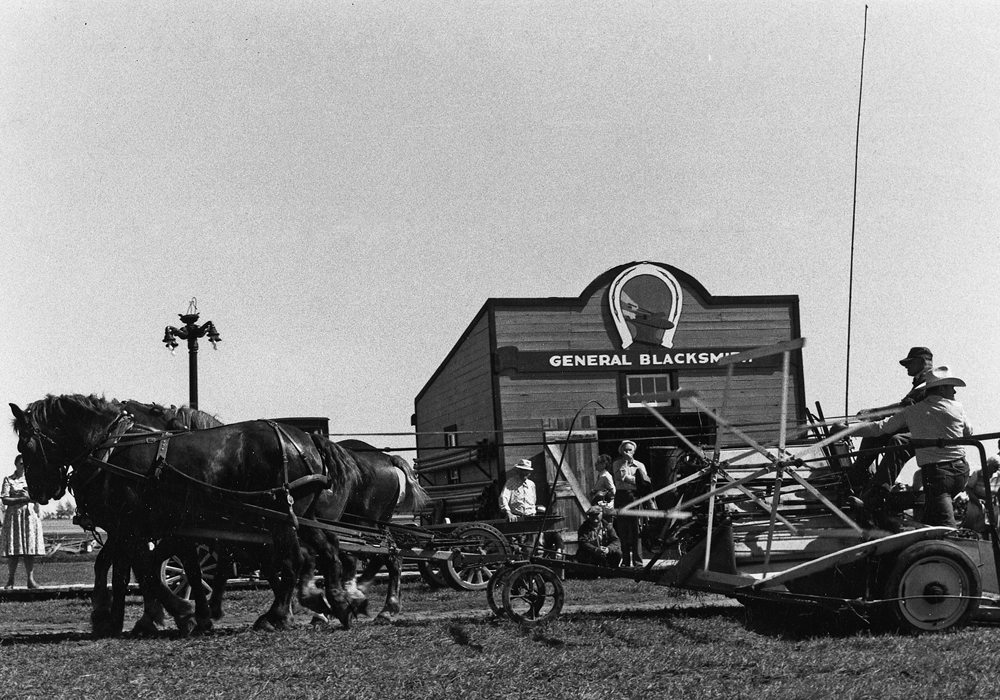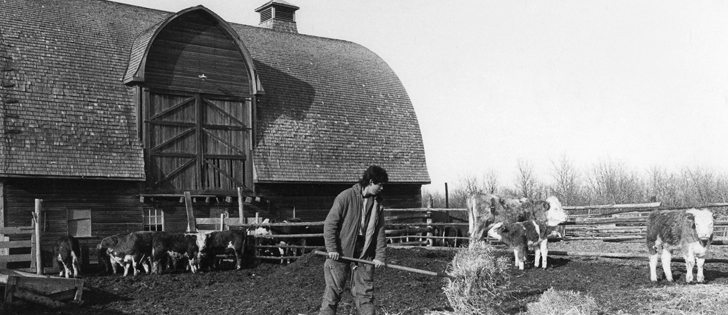The Western Producer takes a weekly look at some of the stories that made headlines in issues of the paper from 75, 50, 25 and 10 years ago.
75 years ago: Oct. 15, 1942
The Canadian Federation of Agriculture said the Wartime Prices and Trade Board’s $1.50 increase in beef prices “should, for the immediate future, be generally appreciated by producers.” However, it also said that because the increase started from such a low ceiling, it wouldn’t sufficiently increase incomes from the previous year.
The three prairie pools asked the dominion government to pay cash advances and continue the farm storage payment program as a way to help farmers caught between high harvest costs and limited delivery quotas.
Read Also

High prices see cow-calf producers rushing to incorporate
Farm accountants are reporting a steady stream of cow-calf producers rushing to get their operations incorporated ahead of selling their calves this fall.
50 years ago: Oct. 19, 1967
A decline in Canadian wheat sales to Japan prompted Trade Minister Robert Winters and Canadian Wheat Board head W.C. McNamara to ask the Asian country to buy more wheat on a regular basis, particularly higher grade wheat such as Manitoba No. 1.
Triticale, a new species of wheat developed at the University of Manitoba by crossing rye and wheat, may have received acclaim for its higher yields, but studies were finding that it was inferior to wheat as a feed for poultry.
25 years ago: Oct. 15, 1992
Unions and the grain industry agreed to create a permanent body to discuss concerns and problems. The decision was made after a meeting attended by 30 representatives of unions and grain companies and facilitated by Labour Minister Marcel Denis.
Moving the Farm Credit Corp. head office to Regina from Ottawa hurt farmers because it distracted the government agency from more important work, said CFA vice-president Jack Wilkinson. The move had more to do with the previous year’s provincial election in Saskatchewan than addressing farmers’ needs, he added.
10 years ago: Oct. 18, 2007
Canadian feeder cattle were being shipped to the United States in record numbers because of high priced wheat in Canada. Canfax estimated that 450,000 feeder cattle, one-quarter of the country’s feeder herd, would end up in U.S. feedlots by the end of the year.
Hog producers were facing losses of $50 per pig because of the rising Canadian dollar, which was prompting concerns that some might give up on the industry.















